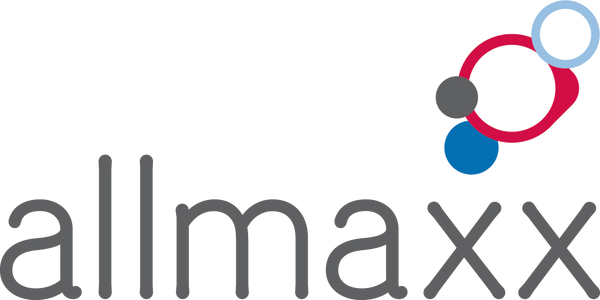From caning, to frontal teaching, to Waldorf schools and online courses – teaching and learning methods have changed drastically over the years and yet we still seem to learn using outdated means.
Although you no longer have to worry about a teacher throwing things at you if you make a miscalculation, the latest learning methods still haven't really caught on.
In the USA at least there is now a trend towards Learning 3.0 thanks to a clever person named Salman Khan.
The emergence of the learning concept 3.0
I think we can agree, for some, math is like the nastiest of mothers-in-law - wrong and calculating. That's exactly how Salman Khan's cousin felt, which is why she asked her smart cousin to give her math tutoring. That's what he did, but in a completely new way: Khan made YouTube videos and posted them online so that not only his cousin, but also everyone else who wasn't a fan of math could learn and practice.
A real hype developed around these videos because the children who learned with the videos suddenly understood their evil stepmother named Math and started to like her. Children with learning problems were also enthusiastic about the videos and had fewer problems retaining the lesson material.
Motivated by tons of positive feedback, Salman Khan eventually founded Khan Academy . Behind this name is a non-commercial website that offers open source teaching material in the areas of mathematics, natural sciences, history and economics for free learning.
The number of learning videos on YouTube is growing every day and the number of users of Khan Academy is also increasing rapidly. While in 2011, when the project was presented at TED Talks , 1 million students attended Khan Academy every day, in 2014 the number was ten times as many!!
Google and the Bill and Melinda Gates Foundation have now become aware of the project and are supporting it with large sponsorship packages.
The idea of open source learning
With the Khan Academy, Khan and his influential sponsors want to implement the concept of a Global One World Classroom in which every person, regardless of time potential or requirements, has access to a comprehensive database of knowledge. In the digital classroom, everyone can learn according to their own rhythm, taste and potential.
Learning 3.0 also means that everyone who has knowledge in an area shares it with others. This means that anyone who has registered in the Khan Academy can be a tutor for others.
Khan's idea is that the knowledge placed online never gets old and that future generations can also benefit from it.
The recipe for success
But why is WWW learning so successful?
Khan believes that with the help of videos, everyone can learn at their own pace. This means you learn without pressure and can save yourself the embarrassment of admitting in class that you don't yet understand something. The videos can be watched as often as each child needs . This avoids knowledge gaps that often occur in school when all children have to learn at the same speed. At Khan Academy, a child only starts the next course when all the basics of the previous one are clear.
In America, the Khan Academy model already has a wide following. Some of the YouTube videos are already part of everyday school life. Some teachers have decided to no longer teach the teaching material themselves, but rather the children learn at home using the learning videos at their own pace and in the class, application tasks are then solved, with which the teacher can help and provide further guidance.
This is a revolution in the classroom and, according to Khan, also a better way of social interaction between student and teacher, which no longer sees the teacher as a moderator, but rather as an aid in completing tasks. Using precise monitoring, the teacher monitors the students' learning progress and can provide targeted assistance if necessary.
New learning methods are revolutionizing education
Not only the Khan Academy is pursuing new educational paths, but there are many new approaches to dusting off the education system. For example, getAbstract is dedicated to literature. While many professors still require you to devour up to 10 books per subject per semester, getAbstract follows a more realistic educational model. It's clear to everyone that you can't possibly read so many books and that's why getAbstract gives you the opportunity to first look into a book in a 5-page summary so that you can then decide whether it's relevant to you and whether it's worth it to read it completely.
The cane has definitely had its day. Today you no longer learn by force, but rather adapt it to your personal needs. Thank you 21st Century!
Do you already know about the classroom revolution?





